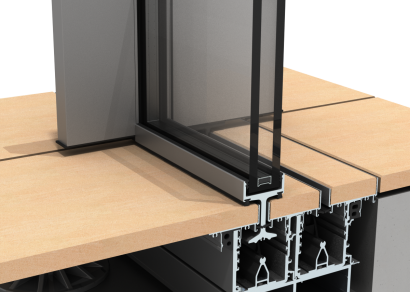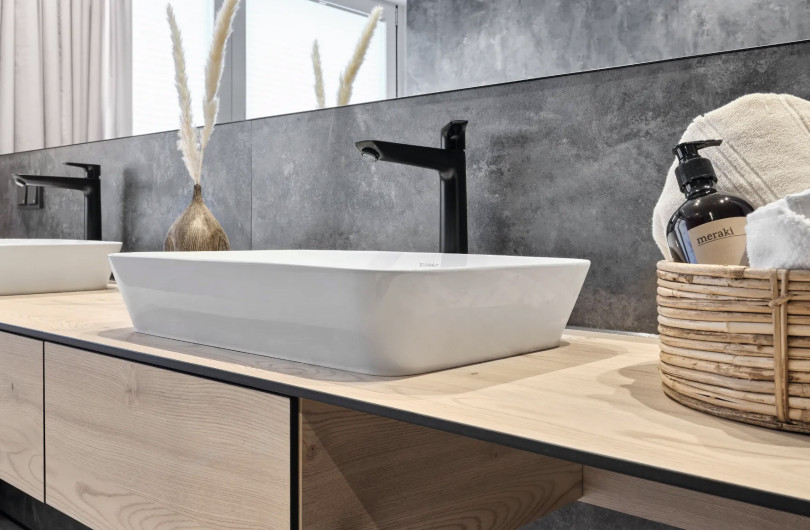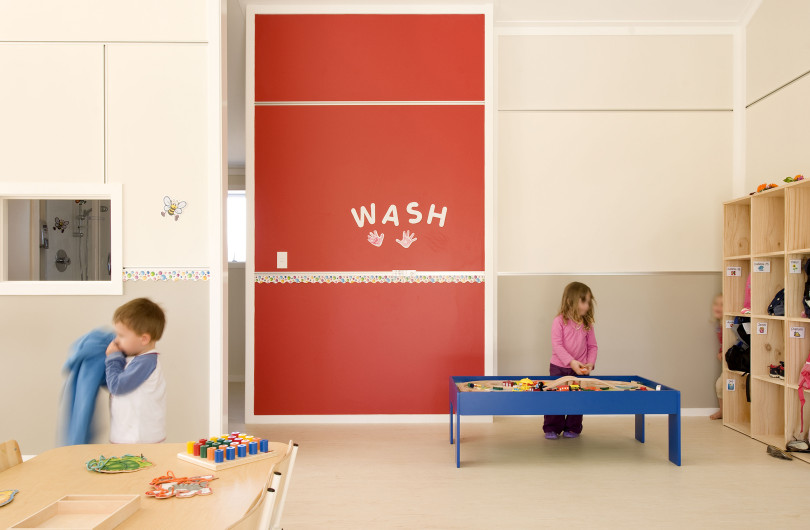Over the last few months, I’ve been a judge for ADNZ and their Awards program, where we saw a whole lot of houses being offered up for the judges to peruse. Working alongside two of the finest people in the industry today, Pete Bossley and Pamela Bell, we had to judge a whole lot of dwellings and a few other buildings. It is clear that architects and designers of Aotearoa are very good at designing single, standalone houses, each perched proudly atop an ever-shrinking piece of property and surrounded by a fence. Every house had a front yard, a back yard, and two side yards. That’s the way that we have built for the last 150 years or so, so there should be no surprise when the majority of designers stand up and say: We got this! We know how to design well, build well, and these days at least, stop the damn things from leaking.
There seemed to be a bit of a step change when it came to medium density, with multi-unit housing rolling off drawing boards around the country more than ever before. Some of them were great, some of them were fantastic, and some of them could have done just a little bit better. The ADNZ Awards night was held in Tākina in Wellington just a fortnight ago, highlighting just how good our MDH can be, when designed with care. The winning scheme, one of two awards winning a Supreme Award, was a fantastic piece of new urban density in the heart of Hobsonville. Te Uru Walk-up Terraces from Construkt Architects comprises a lovely piece of townscape with generous apartments arranged sensitively around some excellent outdoor spaces. There are varied materials, varied roof forms, varied setbacks, and yet all produced at an affordable price point. Hardly a side yard in sight. Minimal front yards, carefully set back from the roadside and sturdy design delineating where public stop and private began. Most importantly of all, outdoor areas have places for people, not just cars.
Designing MDH as good as this takes hard work and lots of practice, as MDH is not the same as ordinary housing — it is a lot harder. We run though a lot of these issues in the Medium book, which I hope you have got a copy of already. It is a really useful technical guide book to all things Medium density. I’d like to pass a rule that only people who live in MDH are able to design MDH, as I’m sure that would have a substantial beneficial effect on the lives of those people living within. Design matters like eliminating corridors (wasted space), ensuring outdoor balcony spaces (everyone needs access to the outdoors), good internal storage (so its not piled up on the balcony for all to see), and most importantly, good inter-tenancy walls (ITW) and floors (ITF). One of the best ways that ITW can be accomplished is through the use of a speedy yet solid concrete wall, such as the AFS system, outlined in the Medium book.
I’ve got a few apartment buildings growing up around me in central Wellington, as people follow me into the joys of living an inner-city life. One of the projects, alarmingly close to our rear boundary, featured a concrete boundary ‘Logicwall’ from the team at AFS, and it was a joy to watch being built. The workmen on the project methodically clipped together this wall, patiently threaded through some massive lengths of reinforcing, and within a few days, concrete was poured and there was a wall. On a project of terraces, a simple ITW made from concrete poured on site from one of the AFS systems can achieve an acoustic rating of 69, which is far in excess of the required 55. This noise reduction will make a big difference to those living inside, but also give the confidence of a reliable fire-separation as well, probably far in excess of what you may require. It also avoids the need for massive precast panels being craned into place, and can come in a variety of external skins — from lightweight plastic skins that are easy to manipulate into place, to fibre-cement sheet permanent formwork. While you are likely to want to cover over the plastic outer layer with a separate cladding, the fibre-cement option can be left unadorned, but is more commonly painted over.
The key point when it comes to medium density is to first read Medium, and approach the project from a holistic point of view. Design the units around the outside space first, putting cars around the perimeter, not at the heart. There’s a whole bunch of things to sort out, so start at the beginning with some good ITW. Live in your design for a while if you can, seeing what it is like to experience a more compact lifestyle. Take a bus to and from work, or walk, but don’t drive. Think to yourself — where would I keep the vacuum cleaner? Where does the cake mixer go when not in use? Is there room for a home office, because you know that you will need it! And in the meantime, pack a tent and go bush for the holidays, ready for next year. Happy Christmas! (Oooh, too early?).
Medium Quick-Fire Quiz — Be in to Win!
This month's Medium Quick-Fire Quiz is sponsored by AFS. Enter the draw to win a $300 voucher for the restaurant of your choice! Simply answer our questions to enter the draw — entries close 5pm Wednesday 6 December 2023.




























 Most Popular
Most Popular Popular Products
Popular Products



